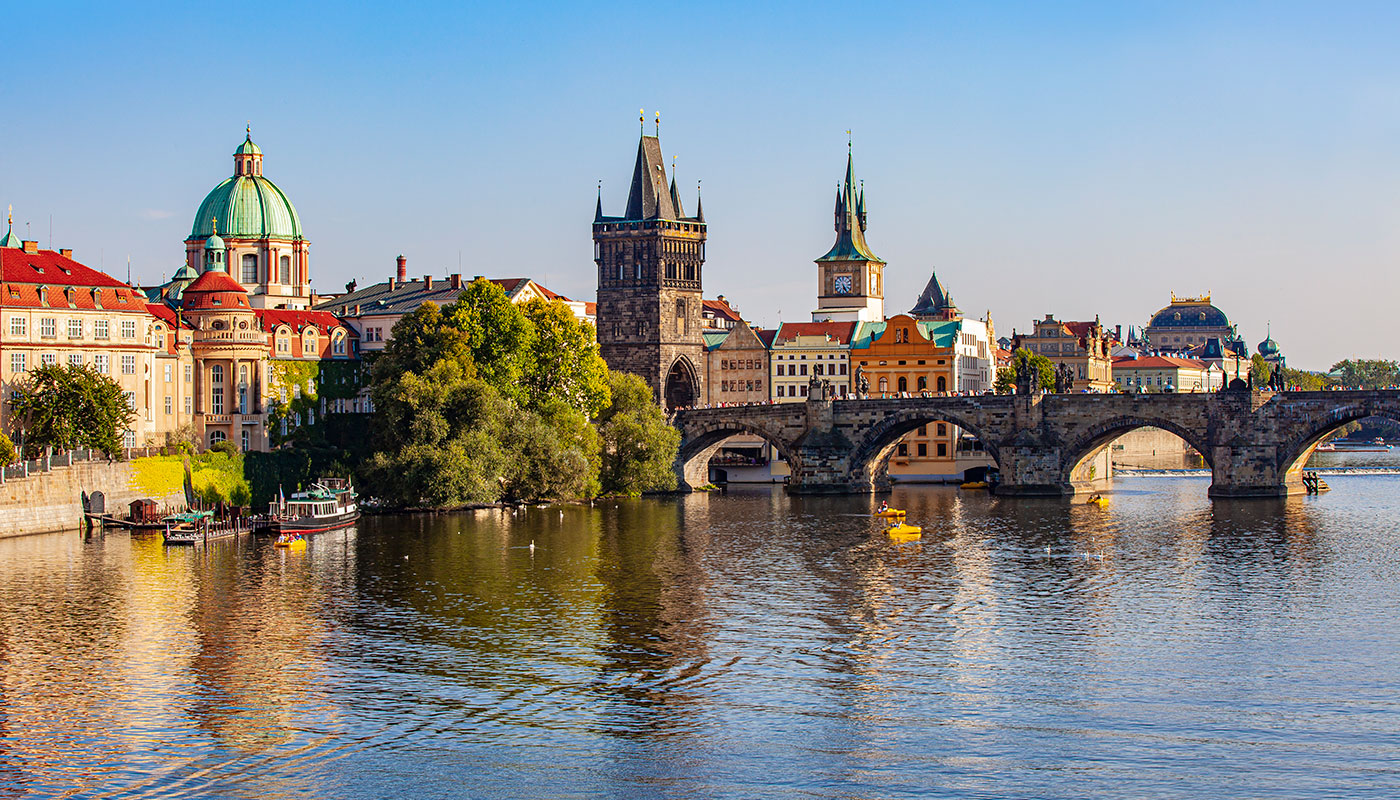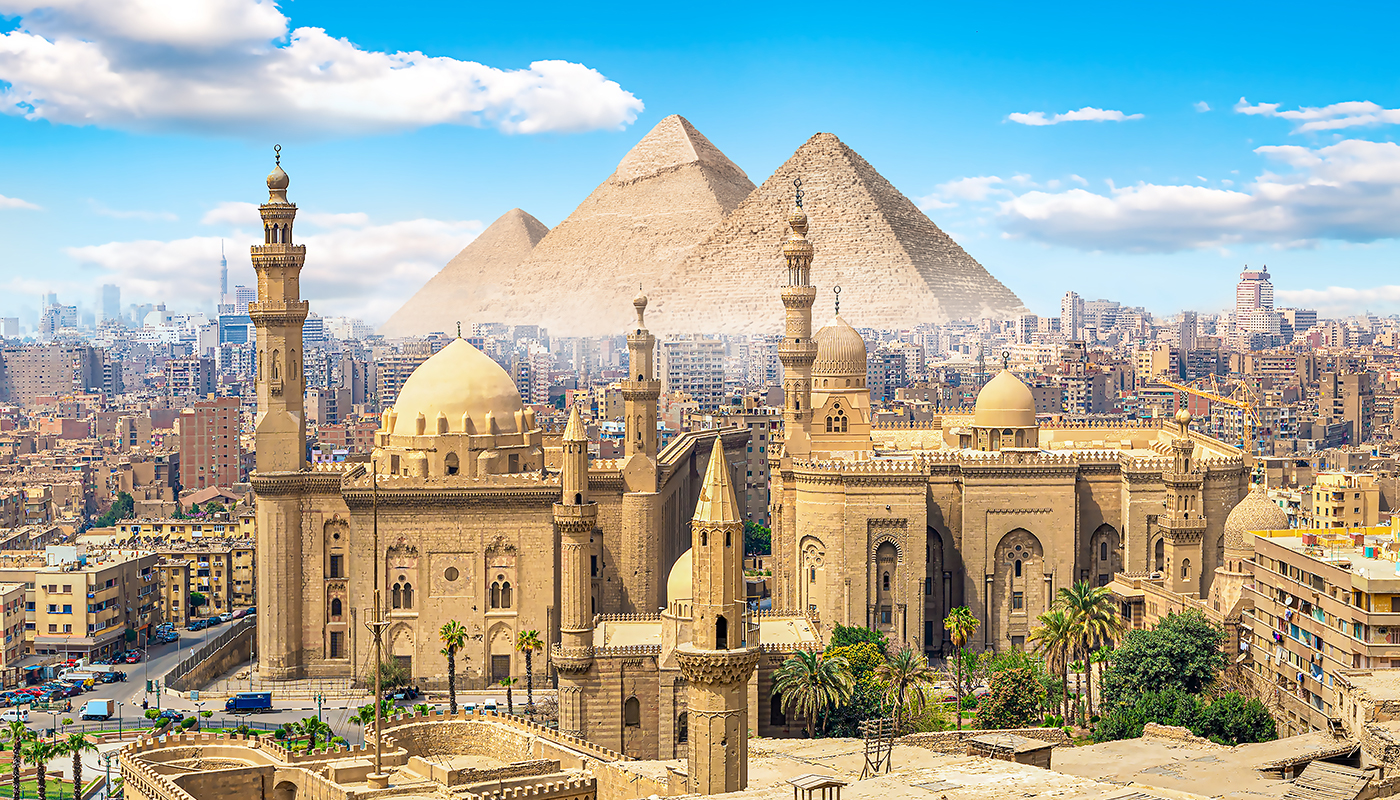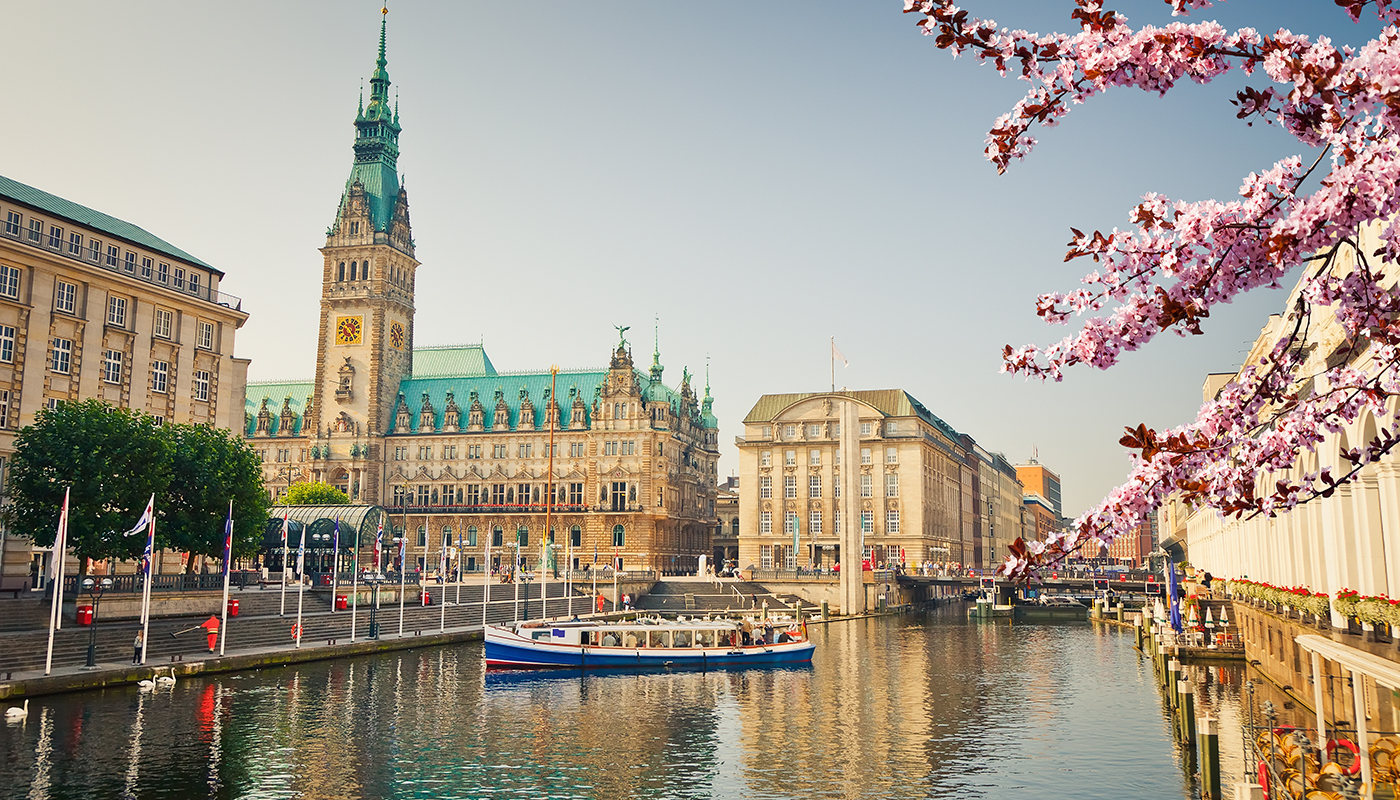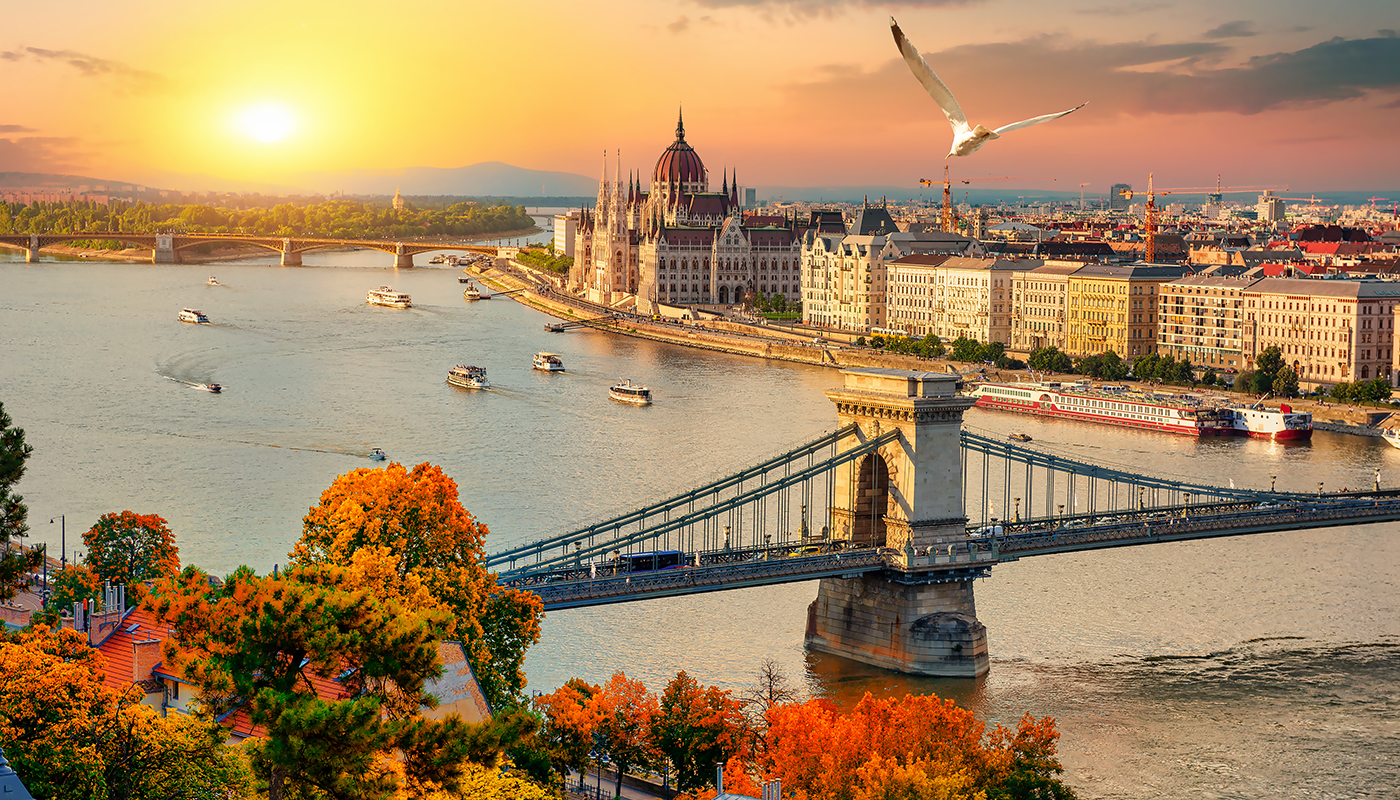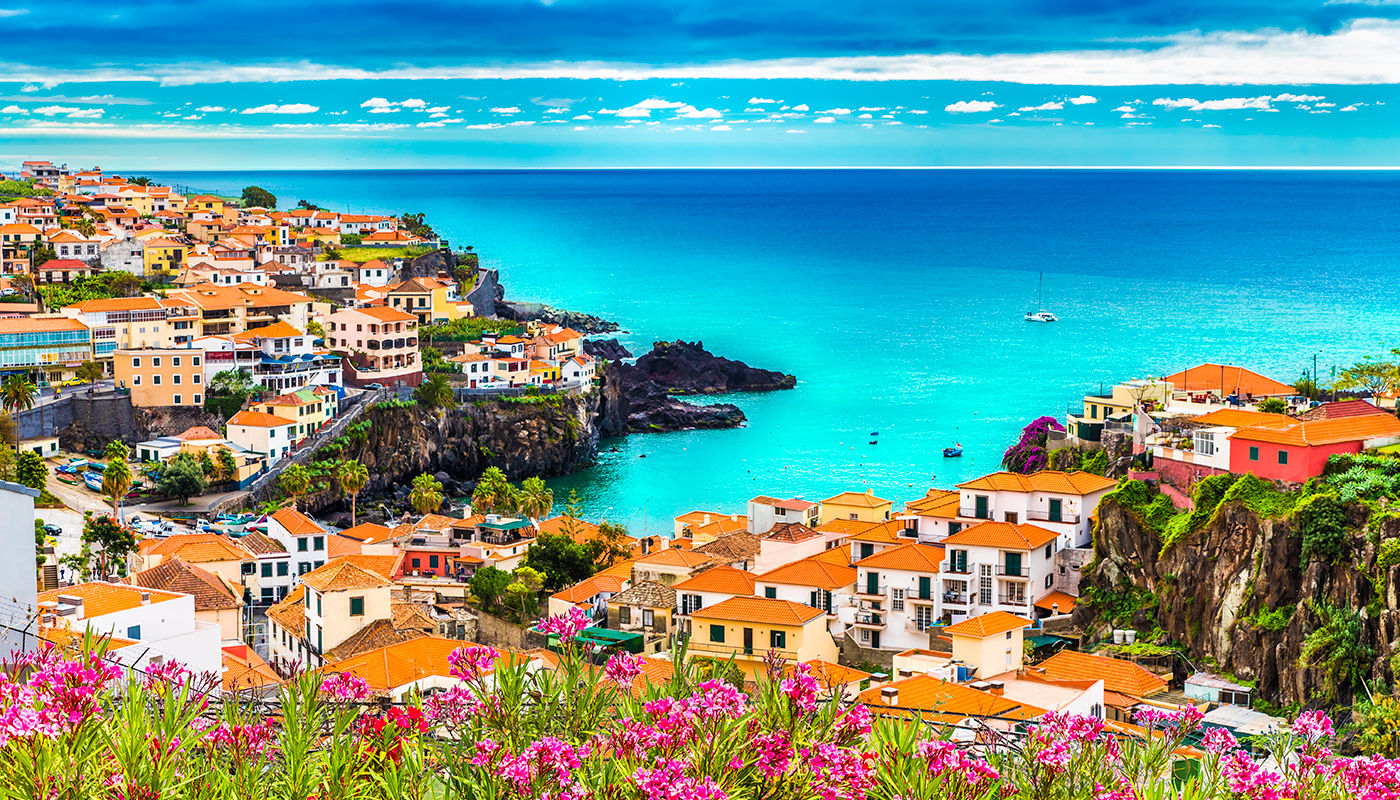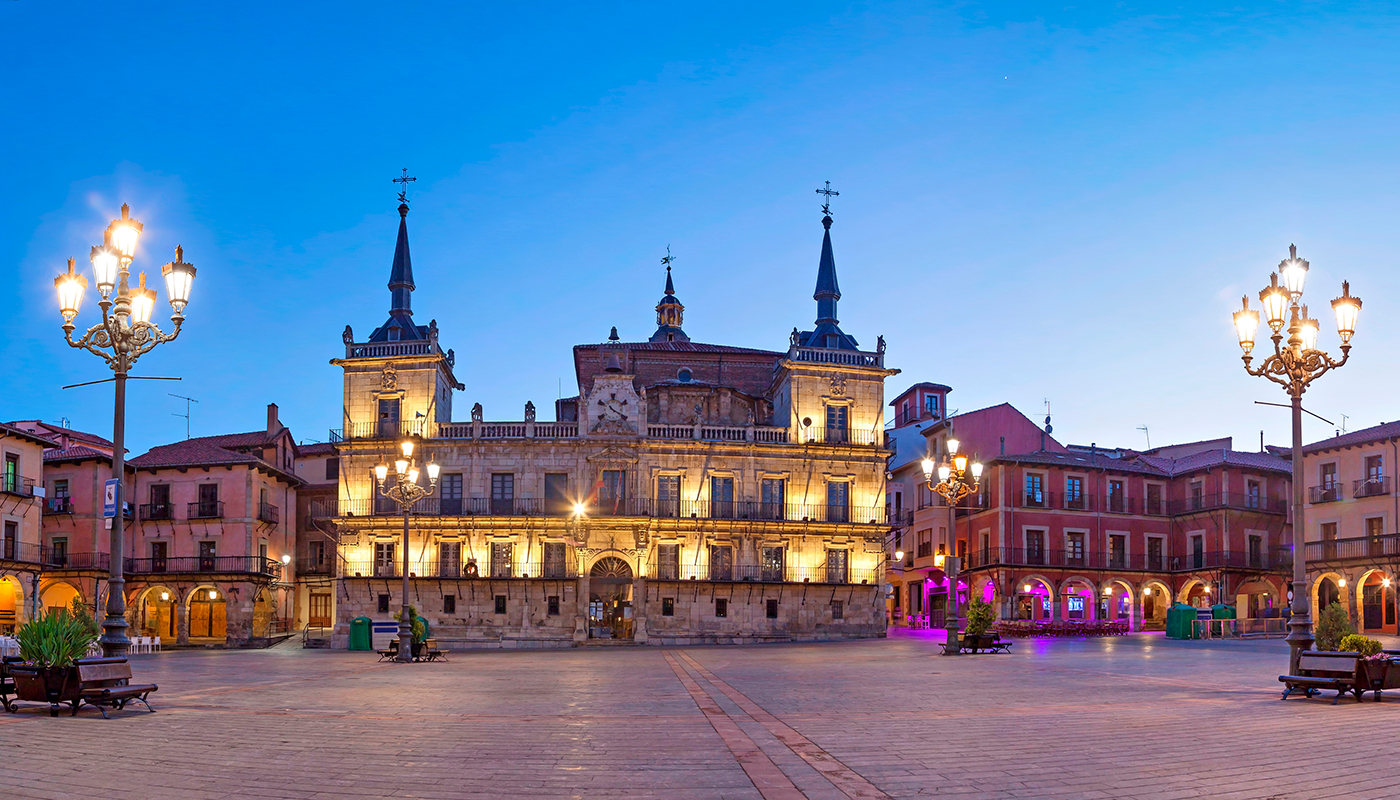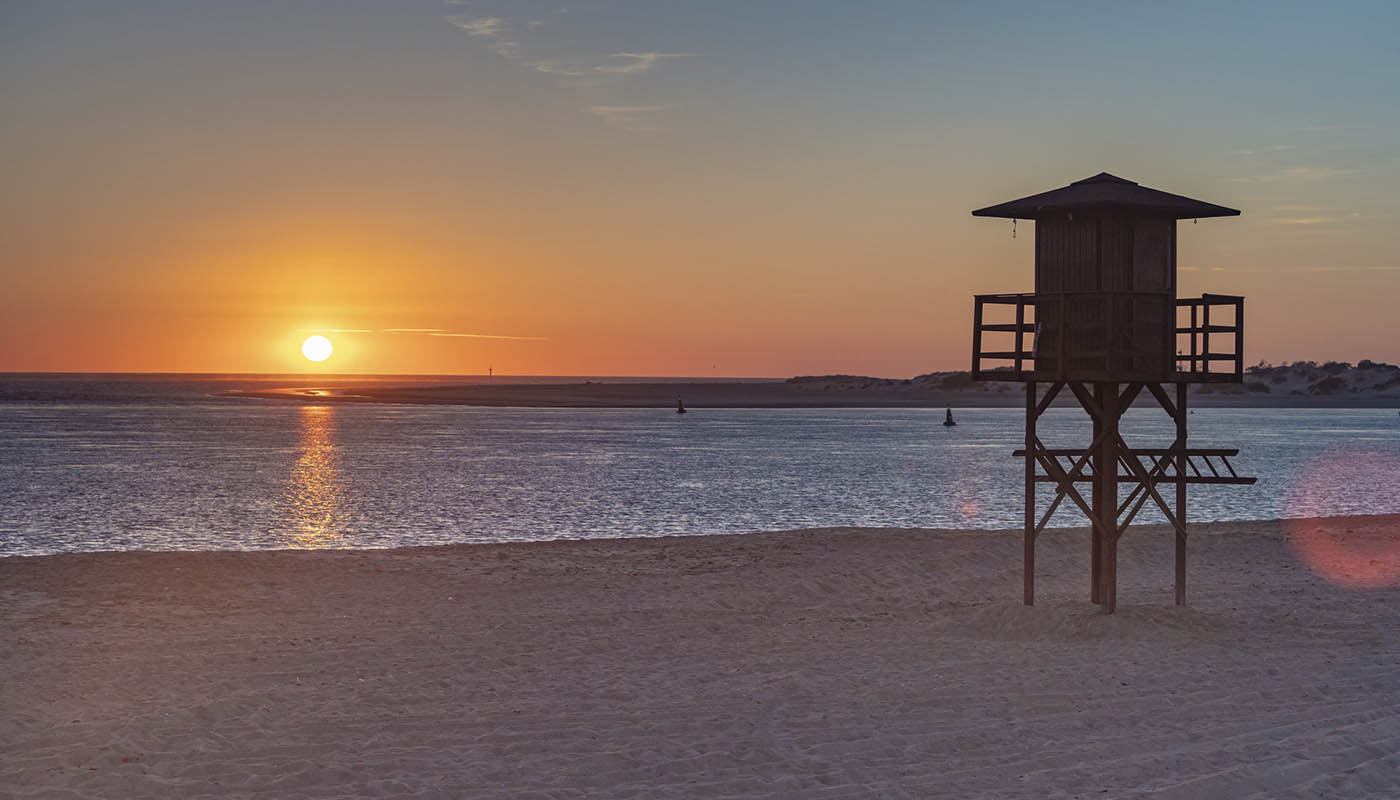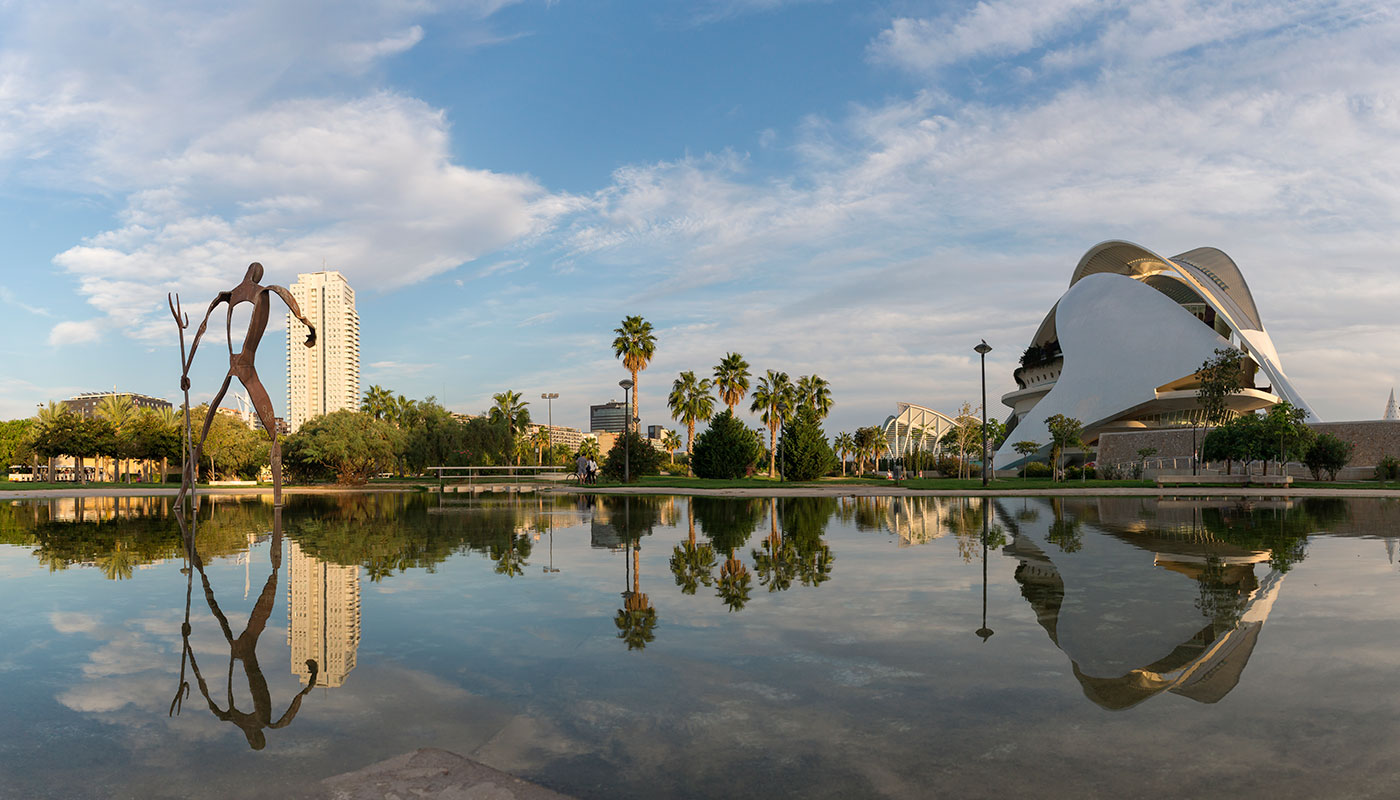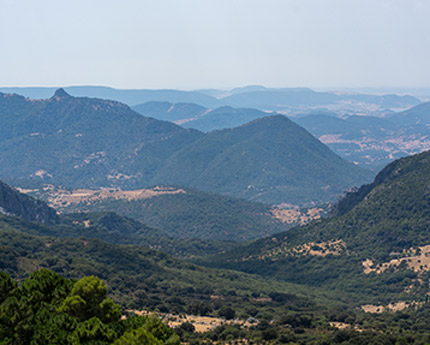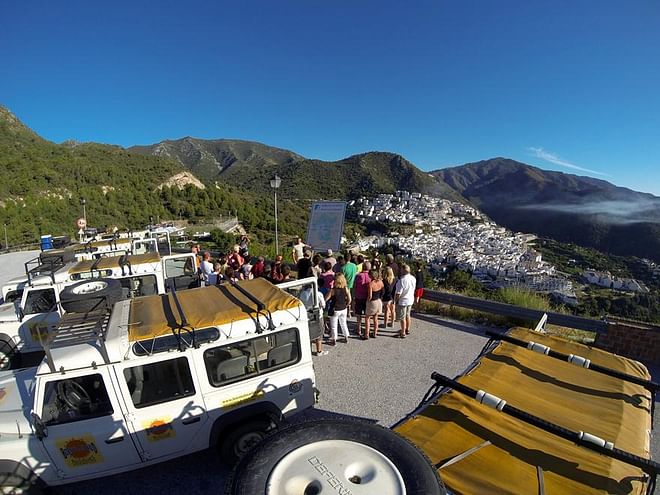Compared to other places along the well-known Costa del Sol, Estepona is one of the towns that has best preserved its essence. It is true that it is full of tourist hotels and apartments. And it is true that its beaches are often crowded with tourists during the summer months.
But it is also true that Estepona’s town centre has conserved its white houses decorated with bright-coloured flowerpots. And that the Mediterranean in which it bathes continues to endow it with a wealth of seafood: fish and shellfish of incomparable flavour that can be savoured in many restaurants and beach bars scattered around the town.
Thus, Estepona is still a fabulous destination for the family. In fact, many people from Málaga and Andalusia have a second home in this town. It is also a stone’s throw from the Strait of Gibraltar and the Sierra Bermeja, two natural spaces which offer impressive panoramic views.
What to do in Estepona
Before anything else, Estepona deserves a quiet stroll through its historic centre. Because, despite the urbanisations that surround it, the town centre retains its Andalusian and popular flavour. This is where we find the parish church (Nuestra Señora de los Remedios), which was built in the eighteenth century and belonged to a Franciscan convent.

There are also several pleasant squares in the centre of Estepona, such as Plaza de las Flores, where the Cultural Centre is located and which is a good meeting point, especially in the evening. Also, the Plaza del Reloj, presided over by the Clock Tower (sixteenth century), which was the bell tower for a former church.
You can also admire the following monuments and points of interest in Estepona:
- San Luis Castle: Ordered to be built by the Catholic Monarchs at the beginning of the sixteenth century, replacing the old Moorish fortress. There are still remains of part of the wall, which was hidden for centuries behind the houses that were attached to it. And the Roman Tower on Calle Villa.
- The Estepona Seaside Promenade: One of the most pleasant places in town. The route is almost 3 kilometres long. Beautiful landscaped areas and terraces flanked by the Mediterranean.
- Plaza de Toros: The first asymmetrical bullring built in the world (1972), to ensure maximum shade for its spectators. As well as holding events of all kinds, its facilities are also home to several municipal museums.
- Punta Doncella Lighthouse: A must-see, together with another lighthouse located in Ceuta, to guide the ships that sail through the Strait of Gibraltar. It was built at the beginning of the twentieth century and is 20 metres high (31 metres above the sea level).
Let’s go to Estepona beach!
Estepona’s seafront is 23 kilometres long and boasts up to 15 beaches, which may all have different sizes, but two things in common: fine sand and many services. In fact, two of them have the distinctive Blue Flag (in 2019), with which the European Foundation for Environmental Education awards only the best beaches on the continent.
These are some of the most outstanding beaches in Estepona:
- Playa del Cristo: Probably the most popular among the town’s residents. Characterised by its fine sands and transparent waters. It is located very close to the port.
- Playa de la Galera: Ideal for scuba diving, fishing and windsurfing. It is located next to the tower that gives it its name, part of the old coastal defensive system.
- Playa de la Rada: An urban beach that is approximately three kilometres long, flanked by the Estepona Seaside Promenade. It has all the services one would expect a beach of these characteristics to have, such as beach bars and sports activities.
- Costa Natura is Estepona’s nudist beach. It is 850 metres long and has grey, and sometimes stony, sand. It is one of the most beautiful along the coast.
- Playa del Saladillo: At 6 kilometres long, it is one of the most extensive in the town. In general, it is very well maintained and clean, especially during the high season.
- Playa de la Chullera, also known as Punta de Cala Sardina. This beach belongs to the municipality of Manilva. Its natural beauty makes a trip from Estepona well worth it.
The Estepona Orchidarium
The Estepona Orchidarium has recently become one of the main attractions in the town. Housed in the botanical garden, located in the heart of the city, the orchidarium hosts approximately 1,300 plant life species in an interior space that has a surface area of over 1,000 square metres.
Its glass domes draw the visitor’s attention from the outside, especially the largest, which reaches 30 metres in height. Orchids from the most varied corners of the planet grow under theses domes. And they all have a truly seductive beauty. A small lake and a waterfall stand out in this idyllic setting.
The Orchidarium opens every day—except on Mondays—between 10:00 AM and 7:00 PM. On Sundays, it only opens until 2:00 PM. The entrance price is 3 euros for adults and 1 euro for children.
Where to eat in Estepona
Estepona has an infinity of restaurants and beach bars, for all tastes and palates. These are some of the most recommended:
- Las Dunas (Urbanización Boladilla Baja, Carretera Marbella-Estepona motorway, km 163.500): Located in the Healthhouse Las Dunas hotel, this restaurant surprises diners with its commitment to a healthy and balanced cuisine, without sacrificing the ingredients’ delicacy or quality.
- La Alcaría de Ramos (Jazmín, no number, Urbanización El Paraíso): A second-generation restaurant, in a beautiful house with amazing views, this establishment offers traditional cuisine served in a contemporary manner (ingredients and presentations are aesthetically pleasing).
- Robbies (Jubrique, 11): This restaurant is perfect for film buffs as it is full of images and objects related to the classics of Hollywood cinema. Elaborate Andalusian cuisine and always a surprise on the menu.
- Plan B (Luis Braille, no number, Edificio Paraíso): An original place where visitors can go for a coffee or a beer at any time of day; they serve brunch daily.








